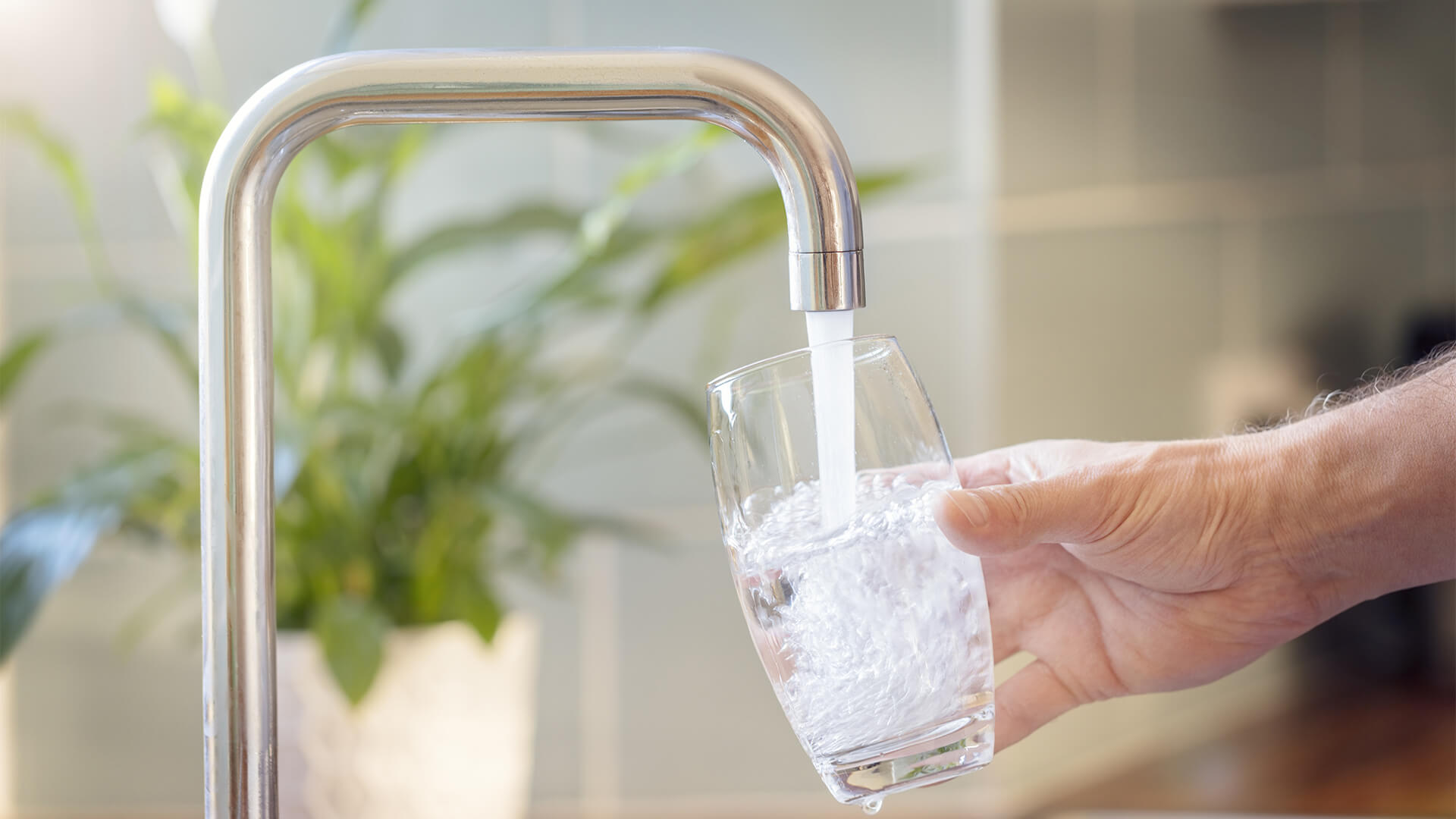Water is an essential component in every person’s life. Throughout history, we see civilizations settle around water bodies like rivers and lakes. So it’s easy to grasp how important water problems are. Any time there is a shortage of water, people react immediately.
But the story behind water problems doesn’t end there. Since water is the most important beverage for humans, there’s a lot of concern about what it contains. From harmful disease-causing contaminants like bacteria to important minerals like magnesium, the water we drink is much more than H2O.
So how can you make the water in your residence the most healthy? How do you deal with the problems associated with your residential water supply? You can’t simply wash down water problems or turn a blind eye towards them. In our guide today, we’ll go over the best solutions to some of the common residential issues people face. These solutions will not only make you feel healthier but save you from many long-term illnesses.
Water Hardness
As we touched upon earlier, water isn’t just the chemical formula you were taught in Chemistry class. It is a mixture of a range of substances as well that are dissolved. In fact, many of these “impurities” cannot be seen with the naked eye, so don’t let a clear glass of water fool you.
But how many impurities are there in your water supply? Are these impurities even harmful to you?
Yes and no. It is important to note here that all impurities aren’t necessarily a health threat. In fact, “water hardness” which is caused by substances like calcium carbonate and magnesium in water are needed by your body in trace amounts. So, it depends upon how much of a certain mineral or heavy metal etc. there is.
Water hardness is essentially a way to quantify and compare the amount of calcium carbonate and magnesium in water. For each impurity, you will usually see a value like 60 mg/l, where mg/l (milligram per liter) is a common unit to express hard water levels.
Solution
While water hardness isn’t a bad thing per se, there’s a limit on substances that our bodies can take. If you are meeting your dietary need for them, you might want to avoid overly hard water. The best solution for this is getting your water tested.
If you have a private water supply, you can either check if the supplier has already done a water test (they usually do). If not, you can put in a request. Similarly, if your water supply is from a common residential area, then you can request for a private company to conduct testing.
As soon as you know how much hardness minerals your water contains, you can install a water softener for removing these.
Iron Contamination
Iron contamination is another common water problem. Similar to the previous case, your body needs iron to form the essential components of blood. Without iron, your body can’t transport materials. So iron is a vital part of our bodies. Why then should you be concerned about your water supply being contaminated by it?
The answer is simple: most diets already account for iron requirements, which aren’t very high to begin with. Hence iron contamination can lead to several health conditions. One of the most common problems is hemochromatosis which can lead to liver and pancreatic damage. Besides this, water with excess iron has a more metallic taste. I’m not sure if that’s your preference, but I, for one, do not like my water metallic.
So, should you be worried about iron contamination in your area? Generally speaking, getting a test for iron levels in your water supply doesn’t hurt. Levels are measured in ppm, and a healthy amount of water-iron content is anything below 0.3 ppm. But the most obvious indicator of extremely high iron content is that the water has a clear metallic aftertaste.
Additionally, there are some characteristics of water supplies that can increase the chances of iron contamination. If you get your water from an overground source, like a reservoir, lake, or river, then you need not worry too much. But if your water comes from beneath the ground, then you are more likely to run into iron problems.
The science behind this is simple. When iron comes in contact with air, it forms an insoluble precipitate. Because it’s insoluble, it can be removed with filters quite easily. But underground water is sheltered from the oxygen in the air and has little oxygen content of its own. This way, iron dissolved in the water passes through mechanical filters and makes its way into your glass.
Solution
Iron contamination can be a real nuisance to deal with. Not only does it leave an unappetizing taste in your water, but it’s also unhealthy for you. And the troubles don’t end there. Besides the water you drink, iron in water has its own set of problems for doing dishes and bathing. Whether it’s skin corrosion, faint red stains on clothes, or plumbing issues, it’s safe to say that you want to steer clear of this.
The best combatant is an iron filter. Iron filters basically force the oxidation of iron using oxygen or another oxidant. This way, the dissolved iron is converted to rust/ferric, and the filters are able to remove it. Having an iron filter is a must if your residential water supply is a well or any other underground source.
Getting the correct iron filter is just as important, though. You want something that can clear high amounts of iron efficiently. So, choosing the best iron filter that fits your needs is imperative.
Microorganisms
Whenever you feel lonely, just think about the millions of microorganisms that not only surround you but also reside inside of you! Because microorganisms are just that, “micro,” it’s hard to understand the magnitude of this problem. In fact, studies show that your average glass of water contains roughly 10 million bacteria!
From E. Coli to Salmonella, there are many infamous disease-causing bacteria that thrive in water. Other common disease-causing agents include Campylobacter Jejuni, which causes cramping and diarrhea; Legionella Pneumophila, which can lead to muscle pain and fever; and Hepatitis A, which can lead to serious issues characterized by Jaundice.
Solution
But you don’t have to give up on drinking water just yet. There are several easy and effective ways you can adopt to get rid of the microorganisms that plague your water supply. Because this is primarily a problem for well water supplies, our top pick is shock chlorination which you can easily do at home by yourself. Another solution is boiling, but it’s much more time and resource intensive.
As far as boiling is concerned, there’s no need to get too paranoid. Bring your water to a boil and leave it so for a minute, and you should be done. When it comes to shock chlorinating your water source, there are a few more rules to follow and a handful of things you need to be mindful of. Firstly, check for how much chlorine is needed. Secondly, take into account that you must let the water sit to give the chlorine enough time for proper disinfection. Lastly, with shock chlorination it’s essential to repeat the procedure on a regular basis. You also want to think about removing any excess chlorine using a water filter.





























